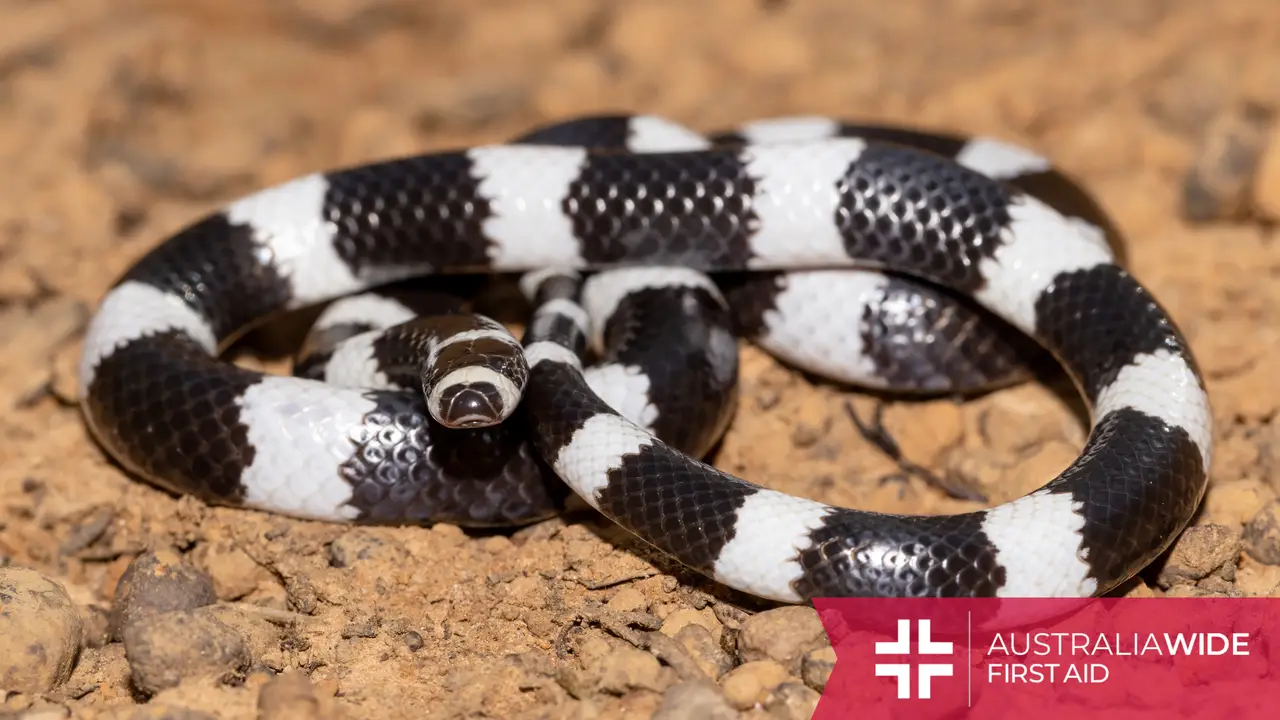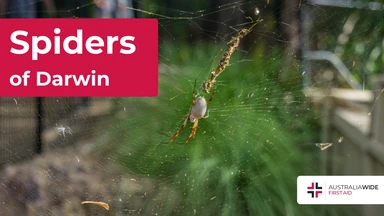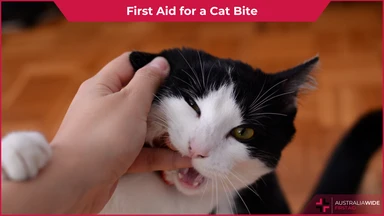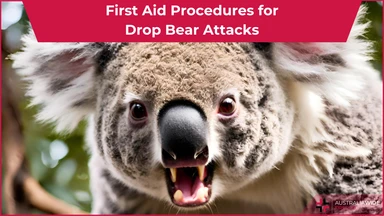The Australian Bandy Bandy Snake


The Bandy Bandy (Vermicella annulata), also known as the Hoop snake, is a venomous, nocturnal snake of which there are five known species. These species are native to Australia and are most commonly found in north-eastern Australia.
Since the Bandy Bandy is venomous, it is important to learn about and be familiar with its characteristics and preferred habitat, as well as snake bite first aid.
We also cover snake bite first aid in our general and childcare first aid courses:
We have training locations in every state, capital city, and major town in Australia. Head to our website to find and enrol in a first aid course near you today.
There are 5 species of Bandy Bandy, which generally have the following identifying characteristics:
The Bandy Bandy can inhabit a wide range of habitats spanning from coastal forest and woodland to scrubland, mulga, and outback desert.
However, they are not an aquatic snake species and so will avoid large bodies of water.
In their habitats, they are most commonly found burrowing underground under rocks, logs, and other natural debris.
The diet of the Bandy Bandy snake is very interesting, as they feed almost exclusively on a group of snakes called Blind snakes.
Blind snakes are poor in vision and small in size, with adults usually reaching 10-15cm in length.
The Bandy Bandy generally emerges at night to forage, especially after rain.
The Bandy bandy has a couple different defence strategies, including 'flicker fusion', wherein it moves very quickly in dim lighting to confuse predators.
Unfortunately, flicker fusion only works at night and if the Bandy bandy can make the frequency of its movements faster than the predator's eyes can perceive.
To ward off predators, the Bandy Bandy also sometimes twists itself into hops to make itself taller, wider, and to show off its bright colours.
When it comes to humans, the Bandy Bandy is generally considered harmless due to its inoffensive nature and small mouth, which is unlikely to release much venom.
The venom itself is weak and generally only causes localised symptoms around the bite site.
In saying that, it can be difficult to positively differentiate one snake species from another, so all snake bites should be treated as a medical emergency.
If you or someone you are with is bitten by a snake, call Triple Zero (000) for emergency services and apply a pressure bandage as part of the Pressure Immobilisation Technique.
The Bandy Bandy is a nocturnal burrowing snake that is locally distributed throughout most of north-eastern Australia.
Though it is only weakly venomous, all snake bites should be treated as a medical emergency with the Pressure Immobilisation Technique until proven otherwise by a doctor at a hospital.
To avoid a snake bite, never attempt to approach, capture, or kill a snake. If you need a snake relocated from your property, contact a professional snake catcher, instead.
For more hands-on experience with identifying and treating snake bites, head to the home page on our website and book an HLTAID011 or HLTAID012 course near you.

March 11, 2025
Darwin, the tropical capital of Australia’s Northern Territory, is home to a rich diversity of wildlife - including an impressive array of spiders. From the sprawling webs of golden orb-weavers to the cryptic camouflage of trapdoor spiders, these arachnids play a vital role in the local ecosystem. While some may inspire fear, the majority are harmless and even beneficial, helping to control insect populations.

September 4, 2024
Cat bites, while often underestimated, can lead to serious health complications if not treated promptly and properly. Cats' mouths harbour a variety of bacteria that can cause infections in humans.

April 1, 2024
Encounters with wildlife can often be thrilling, but when it comes to the creature known as the drop bear, the experience can quickly turn dangerous. A sharp increase in recent attacks prompts the need for understanding proper first aid procedures in case of an attack.